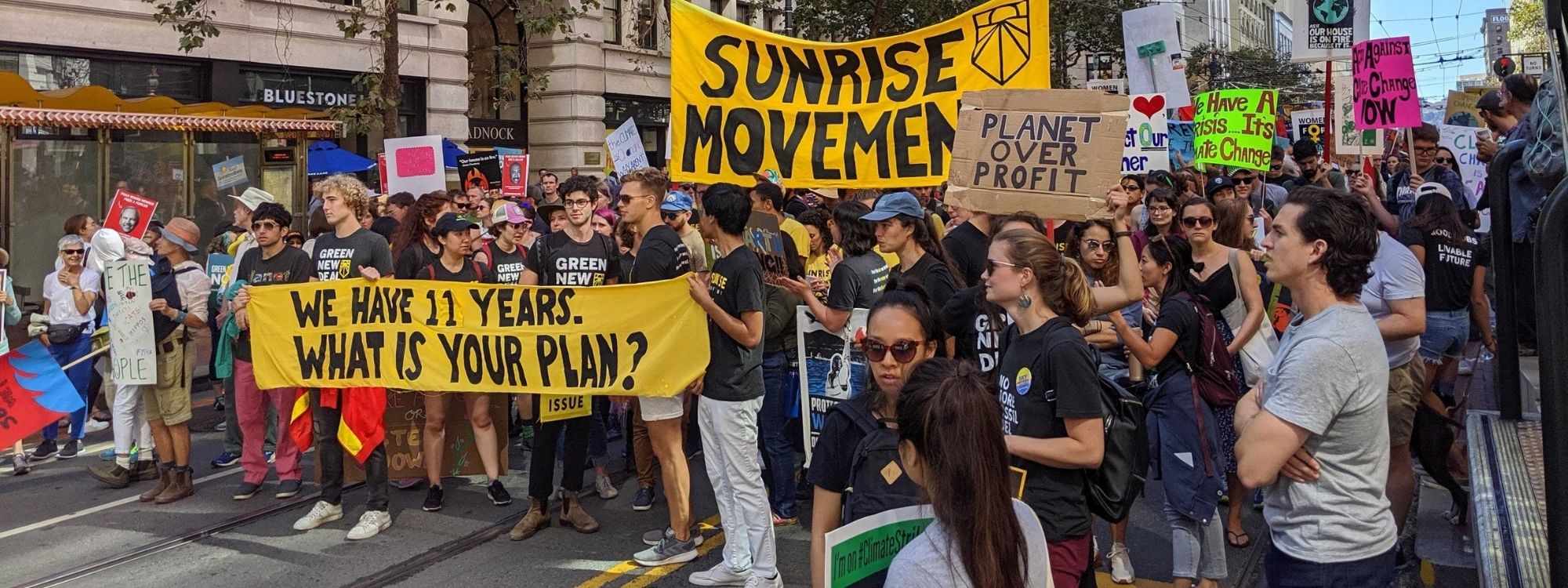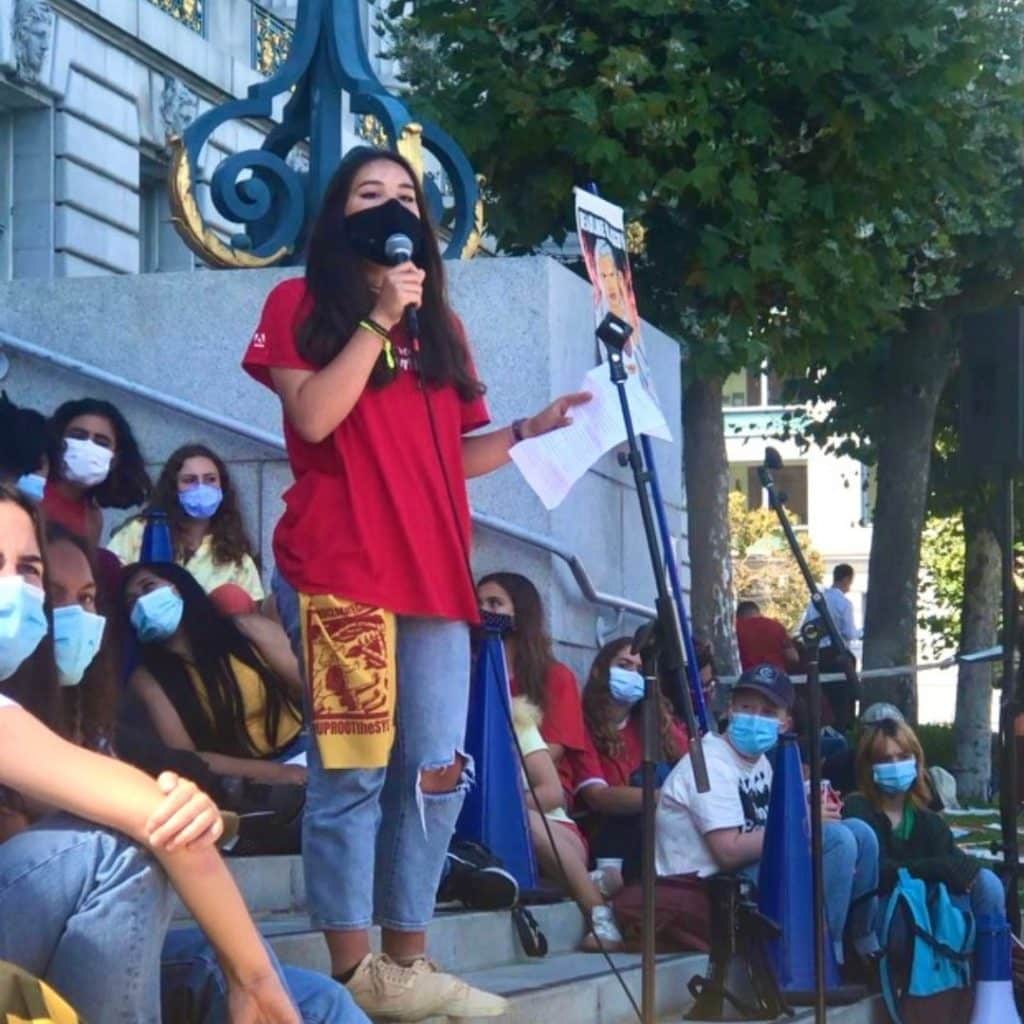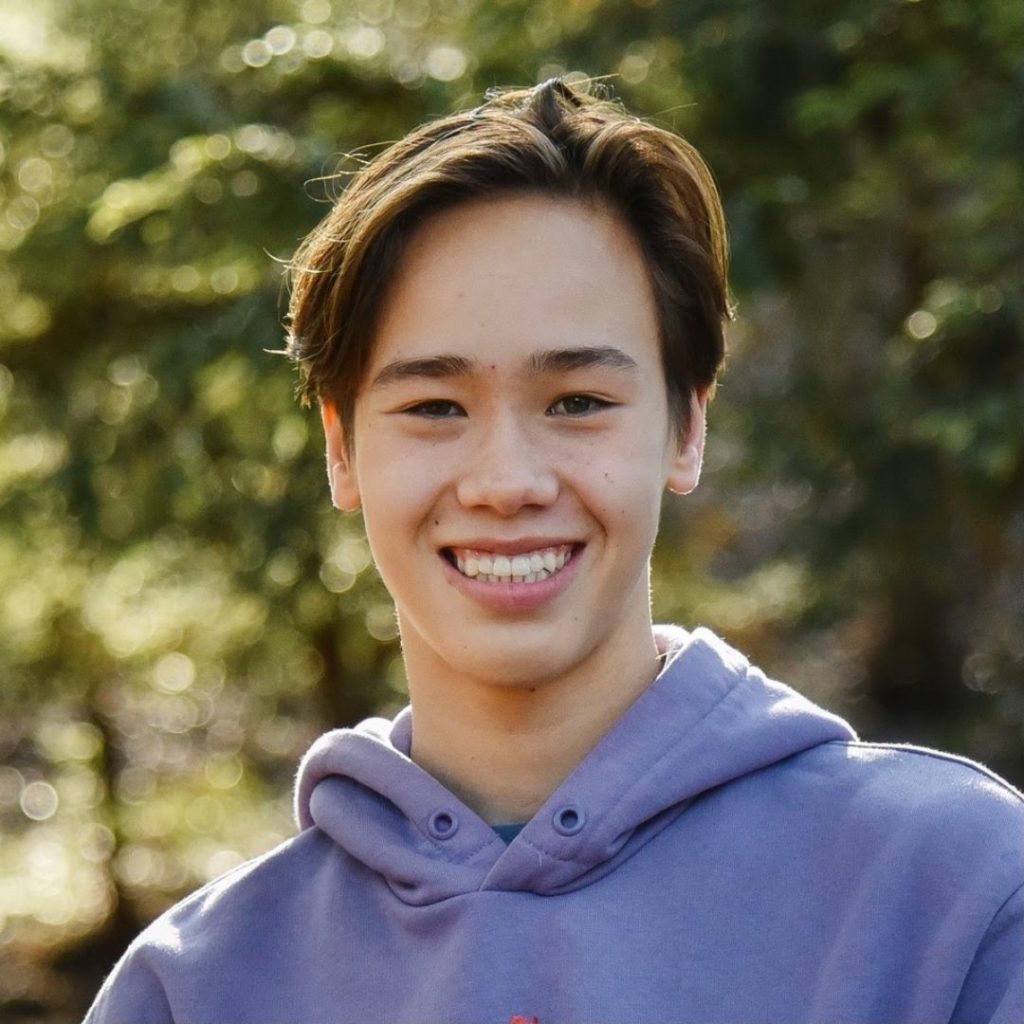I was scrolling through my Instagram the other day and looking at the myriad of posts about Glasgow and COP 26, the conference where world leaders met from October 31 through November 12 to talk about the most pressing issues surrounding the climate crisis. COP stands for Conference of the Parties, a United Nations summit about climate change that has been happening for nearly three decades. From its creation till now, the world has changed significantly. While we are now experiencing climate change related risks more frequently and intensely than 30 years ago (2016, 2019, and 2020 are the hottest years ever recorded in human history), as a society, we are also much more aware and willing to take action against climate change than ever before.
However, our commitment to action is unequal, with the richest and most powerful nations of the world still faltering on taking decisive steps to transition their economies away from fossil fuels. New pipelines are being built, new drilling permits are being issued, and fossil fuel subsidies were, once again, not off the table during the COP negotiations. Typically, at the end of each summit, world leaders agree on a draft climate agreement that seeks to curb greenhouse gas emissions. For two weeks, delegates negotiated the rulebook for the Paris Agreement and it can only be passed if there is consensus (all 197 attending members agree to it). This often leads to an end result that has significantly watered down commitments from the bold actions that are initially preached about at the press conferences held throughout the summit. COP 26 sought to be the summit where world leaders would finally agree to phase out coal, but through last-minute lobbying by India and others, the language around coal was changed from “phase out” to “phase down” in the final agreement.
Why Are Young People Protesting?
This is one of the reasons that young people were passionately protesting outside of the conference. I have been following their actions closely on social media, and their concerns are the same ones young people in my own community in the San Francisco Bay Area have: that leaders aren’t taking the climate crisis seriously enough and that our generation has the most to lose if historic action isn’t taken. As a member of Gen Z myself, this motivates me to work in the climate sector as well.
Young people have put their mental and physical well-being on the line, whether at Glasgow or domestically, to spur our governments into action and give us a future we can survive in. Just a couple of weeks ago, Sunrise Movement activists were participating in a hunger strike outside of the White House to urge President Biden to stay true to his promise of passing key climate change legislation that would significantly decrease emissions. We are at a turning point both locally and globally–young people have had enough and are putting in the work to keep leaders accountable.
Local Youth Climate Action: The Bay Area Youth Climate Summit
While Glasgow is 5,000 miles away from me, I was able to participate in my own climate summit in October. I met some incredible young people who made me feel more optimistic about our collective future. On October 9, 2021, I had the privilege of representing Greenbelt Alliance at the Bay Area Youth Climate Summit (BAYCS), a “by youth for youth” event organized by Bay Area high schoolers that seek to hold “workshops and events on local climate solutions and environmental justice issues”.
There, my mission was to encourage young people and share resources on how they can influence their city’s climate policies. For example, by providing public comment at city council meetings regarding climate action plans, general plans, and hazard mitigation plans. Providing feedback on these plans is a critical way for young people to voice the concerns that impact their communities and advocate for more ambitious climate policies at the local level.
Greatest Challenges for Youth in the Climate Movement
I also had the pleasure of zooming with some of the activists who organized the summit to ask them about what motivated them to participate in BAYCS and find out ways that Greenbelt Alliance could continue to support their efforts. Three incredible Bay Area high school students—Alyssa Goldfield, Bruno Kai Ong, and Kyan Shlipak— joined me and shared about the journeys that lead them to BAYCS and climate activism. It was very interesting to see how their own life experiences had shaped their views on climate change.
Alyssa got involved in climate change activism in elementary school, after attending a Youth for the Environment and Sustainability Conference (YES) put on by the Bay Area Air Quality Management District and the Metropolitan Transportation Committee in 2013. Kyan had started to learn more about the gravity of the issue when he was in high school and began working on climate action planning projects. And Bruno’s awareness of climate change stemmed from his love of buildings and design. “As a kid, I would love building with legos and when I grew older I became interested in the impacts of architecture and building design on the environment,” explained Bruno. “This stemmed from my interest in sustainable architecture, sustainable urban cities, and how we can implement these things.”
Alyssa, Bruno, and Kyan had different perspectives that led them to BAYCS, but one thing they all shared in common was their perception that the climate movement’s biggest challenge is communication. When planning for the summit, they had to communicate with each other, external partners, and presenters to make sure that their goals would be met. “We have a big team,” said Kyan, “and to get everyone on the same page is really tough.”
They expressed additional challenges, such as continuing the momentum after a meeting like BAYCS. “It’s really easy to find people, especially among Gen Z, to have an interest in saving the environment, but it is very hard to maintain action and stay motivated after the summit”, Alyssa shared. She felt like they had to work harder to foster sustained actions. “That’s something the climate movement struggles with, in general, since it’s a commitment and long-lasting project,” she said regarding frequent climate activism.
Overall, they felt like the effort they put into planning an event like BAYCS was extremely rewarding because of the connections they formed with their peers. “The best part for me was the network of youth that I met who are interested and passionate and doing so many things outside of the summit as well. This is only the tip of the iceberg for all of the activism we do.,” said Kyan.
Check out this clip from my chat with these three inspiring climate advocates where they each highlight a core piece of advice for young people who want to become involved in climate action:
Climate change professionals, it’s time for you to make room for young people!
I agree with Alyssa, Kyan, and Bruno that young people should be at the forefront of designing solutions to the climate crisis. How do we sustain engagement with youth in a way that empowers them to participate in the climate movement in a more meaningful way? I don’t have the perfect answer, but one thing that Greenbelt Alliance has been passionate about is educating residents in the Bay Area in a way that demystifies the policies and technical jargon related to climate adaptation in their communities. This was what motivated me to create a presentation for the summit that covered how to give public comment. It is also one of the inspirations for our Resilience Playbook.
The Resilience Playbook, launching on December 7, is an interactive digital platform for climate adaptation in the Bay Area. With this tool, we plan on breaking down complex topics in planning for multi-climate hazards and the governance of climate change. Our objective is to create a resource that brings community members, local organizations, policymakers, and municipal governments together to tackle the climate crisis. One of our key audiences is young people who live in the Bay Area, and we hope to support them to get involved in climate action planning and create an intergenerational push for climate resilience in the Bay Area.
With this, I call upon fellow environmental and climate organizations to also consider using their resources and knowledge to uplift the youth in the climate change fight. Whether you give a workshop at a local high school, design a fact sheet that is accessible to readers of all different levels of education, or create a fellowship opportunity for young people to join your organization (that’s how I initially joined Greenbelt Alliance), consider creating pathways for youth to become central in our climate resilience conversations.
The Resilience Playbook launches on December 7, 2021. Join us for a webinar explaining the many uses of the Playbook by registering here. Also, sign up for our emails so you can receive the latest updates about the work we’re doing to create a climate-resilient Bay Area today!







